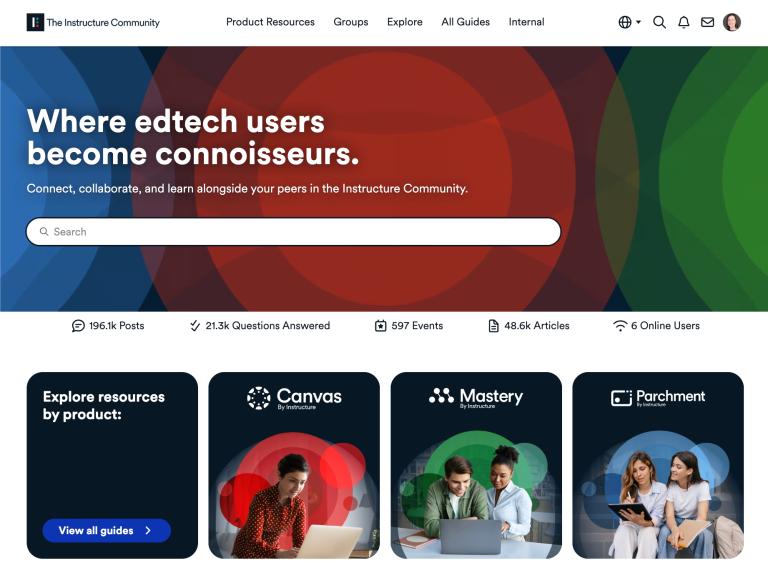Colleges are swimming in data. But how can campuses use that data to steer the ship toward higher enrollment, retention, student satisfaction, and student outcomes?
From big picture enrollment trends to real-time assessment stats, data collection empowers institutions to use predictive analytics to make informed decisions. As higher education continues to evolve, administrators need the assurance that these decisions are based on proof, not postulations.
That starts with building a data-driven culture on campus.
5 Ways to Build a Strong Data Culture on Campus
Set a Vision
A strong data culture begins with a clear vision from administrators. The onus is on leadership to communicate a campus commitment to data-driven decision-making. Administrators should clearly define the purpose for data collection and analysis, model norms for data-driven conversations and meetings, and establish a culture of collaboration.
Set Clear Goals
Just as teachers ask, “What do I want my students to learn?” before they plan lessons, administrators should similarly map backward and ask themselves, “What are the most critical data points we need to answer this question or solve this problem?”
When data goals are clear, solutions become clear. Asking these questions will help institutions separate the signal from the noise when it comes to deciding what data to track and use.
Centralize Data Dashboards
Access to data should not be limited to administration. Make data easy to access and analyze in one centralized place. By empowering faculty with access to data, they can make decisions on a micro level to improve their course design and student outcomes. These seemingly small decisions can lead to larger shifts for a university — if faculty know what teaching strategies lead to higher satisfaction, retention can be improved overall. A central hub for data analysis emphasizes a campus-wide culture of data-driven decision-making.
Showcase Data Impact
Regularly highlight the impact of data-driven decisions with all faculty. Use a case study format — problem, solution, impact — to inspire all departments to use data to improve student satisfaction and learning outcomes. Encourage departments to share and collaborate on best practices for their data analysis.
Commit to Stringent Privacy and Security
Investments in data collection and analysis initiatives should be matched by investments in data privacy and security. Follow best practices for data security. Display privacy policies prominently and be upfront about what the data is used for. Communicate openly and regularly with all stakeholders — faculty, parents, and students — about any changes to policies. Gain the confidence of all users that their data is being used with the utmost integrity.
For details on Instructure’s commitment to data privacy and security, read this blog from our Chief Privacy Officer.
Related Content
 inst-3step.jpg
inst-3step.jpgBlogs
 13lmsfeaturesthatbenefitstudentlearning.jpg
13lmsfeaturesthatbenefitstudentlearning.jpgBlogs
 community-homepage.jpg
community-homepage.jpgBlogs
